Oh no! Your cat, who used to be such a good eater, is now ignoring their full bowl but won’t stop meowing for treats. What gives?
Well, your cat may just be acting like a kid who only wants to eat junk food for every meal, but this behavior can also be a sign of stress or health issues. Treats are no substitute for a proper, balanced feline diet so it’s important to understand the reasons behind this change in behavior.
Here, we’ll explore some of the most common reasons why your cat might be eating only treats and not their food, along with possible solutions.

The 4 Reasons Why Your Cat Is Only Eating Treats
1. You’ve Been Spoiling Your Cat With Treats
How often do you give your cat treats, and for what reason? If you keep handing them out no matter what, your kitty is likely to get used to these special snacks.
Cat treats also taste so much better than kibble. Why should they settle for the plain stuff when they can get a gourmet feast? If you keep giving in to those pleading eyes—especially when your cat is holding out for treats—you only reinforce the wrong behavior.
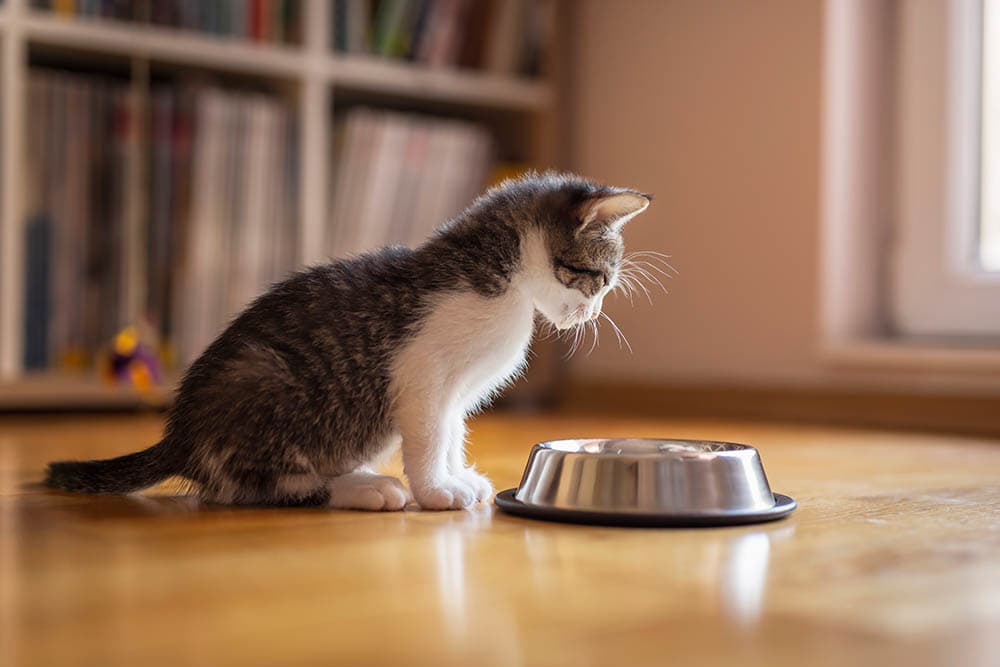
2. There’s Something Wrong With Their Cat Food
A cat’s senses are sharper than ours and can detect the slightest change in texture, flavor, or smell. Therefore, their regular cat food may look normal to you, but it could actually taste or smell off to your cat.
For instance, the manufacturer may have changed the recipe, or moisture levels may be different due to a new production method. You may have gotten a bad or stale batch. Either way, your cat may have no other choice but to eat treats or go hungry; they’re not going to take a risk on something that smells or tastes odd.
3. Your Cat Is Stressed
If your cat has never been a picky eater, their sudden appetite change may be due to stress or anxiety. Cats are creatures of habit, so big changes at home (even minor ones) can throw them off balance.
This could be anything from a new pet or housemate to a major change in your daily routine. Even something as small as rearranging their litter box can cause your cat to become anxious. Stressed-out cats may not have much of an appetite except for the most tempting treats.
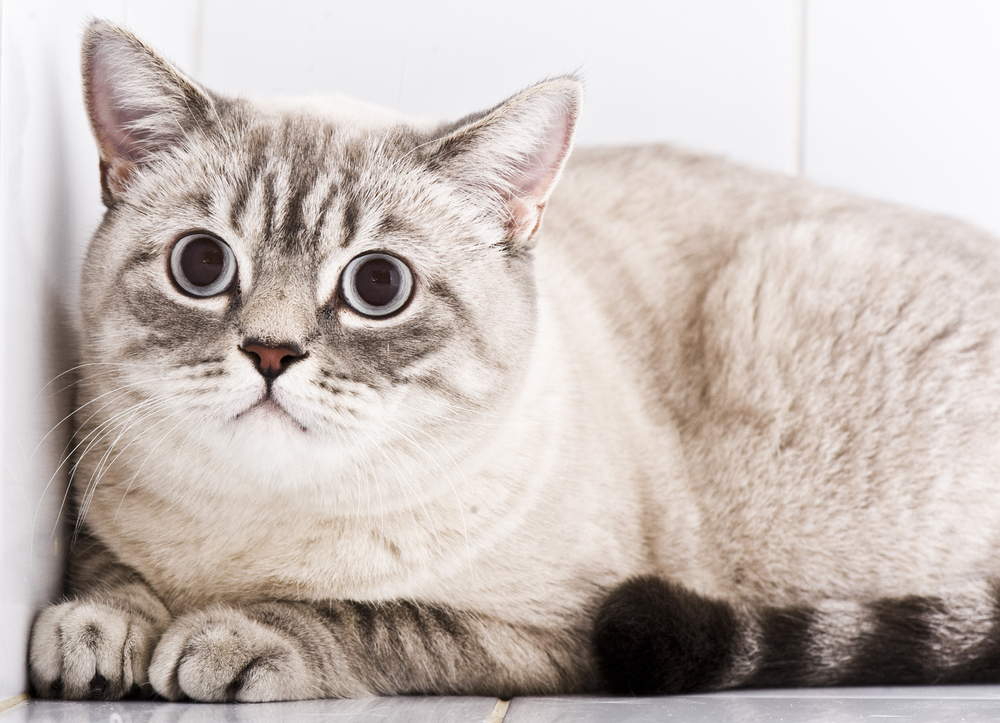
4. Health Issues
Finally, your cat may not eat properly due to an underlying health issue. For instance, cats with dental problems may struggle to eat dry cat food, so they rely on soft treats instead. Infections, gastrointestinal issues, and other medical conditions can all reduce a cat’s appetite or mean eating causes discomfort. They may still eat treats because they are easier to chew or just more appealing.
How to Get Your Cat to Eat Their Food Again (5 Tips)
Here are some things you can do to get your cat back on track:
1. Seek Veterinary Advice
If you are concerned there is something wrong or your feline refuses all their normal food for over 24 hours or is eating significantly less, it’s always best to consult a vet sooner rather than later. Cats’ instincts often tell them to hide signs of pain or illness so sometimes a change in eating behaviors may be the only initial sign of an illness that you see.
If you need to speak with a vet but can't get to one, head over to PangoVet. It's an online service where you can talk to a vet online and get the advice you need for your pet — all at an affordable price!

2. Offer Different Cat Food Flavors
Some cats are fussy and prefer certain flavors and textures of food. Unless your cat is on a prescription diet or has a health condition, it should be fine to switch up food flavors from time to time. You don’t need to get a big bag at once. Many pet stores stock smaller trial packages to help you find a flavor your cat actually likes.
Remember to go slow when you switch foods and flavors to prevent stomach upset. Gradually mix in the new food and reduce the old one until you’ve completely switched to the new food.

3. Make Mealtime More Exciting
Crunching on the same kibble or wet food every single day can understandably get boring.
- Add a splash of liquid to brighten up their food (e.g., cat-safe broth, warm water, tuna water, etc.)
- Use puzzle feeders or interactive toys to make mealtime more fun
- Hide dry food for cats to find
- Have a quick play session before a meal
No need to do these for every meal. Once a day or a few times a week should be enough to get your cat interested in their food again.
4. Follow a Feeding Routine
Cats are creatures of habit, so establishing a routine can help to regulate their appetite and reduce stress. If possible, feed your cat at the same time every day and provide them with a calm, quiet place to eat. Avoid free feeding them, but some cats benefit from having four or more smaller meals a day that mimic their natural eating pattern.
If you can’t physically be there to feed them at least twice a day due to work or other commitments, use an automatic feeder or get a pet sitter to help out.
You can still give your cat treats occasionally, but they should not exceed around 10% of your cat’s daily calorie intake.
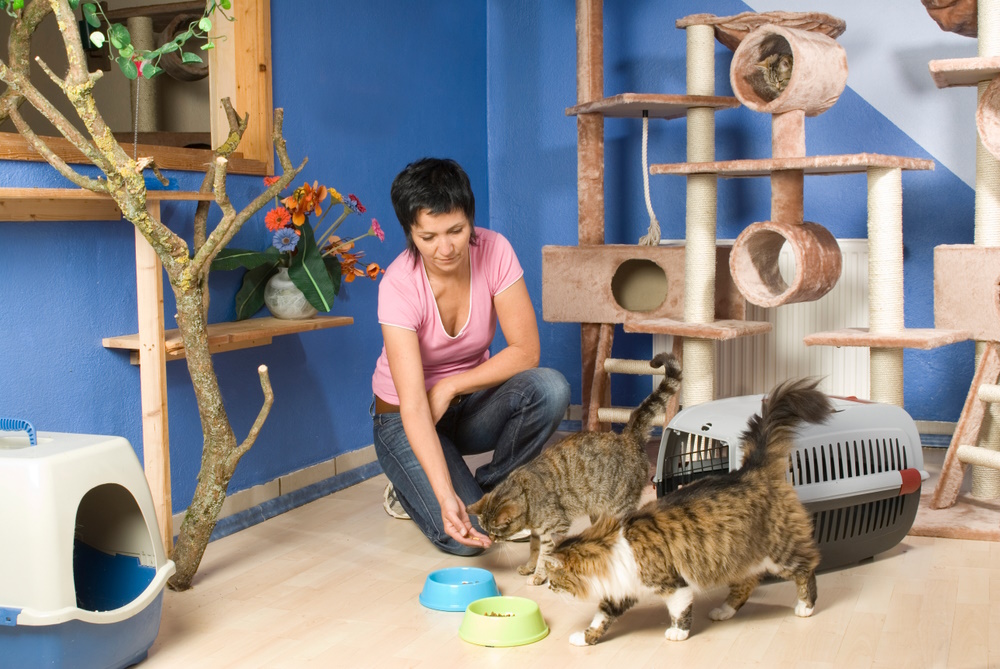
5. Make Sure Your Cat Is Happy
If your vet has ruled out medical issues, then focus on the environment and your cat’s mental well-being. Is there anything new in their space that could be causing anxiety? Or maybe they don’t feel safe.
Try to make the area more cat-friendly. Ensure they have access to their litter box, a cozy spot to sleep, and plenty of toys. If you have other pets or children, make sure they know to give your cat space and to not disturb them while eating.
Creating a peaceful environment where your cat feels safe can do wonders for their appetite.

Conclusion
Yummy as they are, treats are not essential for your cat’s diet. If they’re distracting your cat from their meals, then it’s best to limit them. Get your feline into a feeding routine and ensure they are comfortable in their environment. Rotating food flavors and adding a bit of excitement can also entice your cat to eat.
Most importantly, get your cat checked out by a vet if they are not eating their normal food to rule out any health issues that need addressing. Be patient with your kitty (and yourself), and good luck!
Featured Image Credit: Andriy Blokhin, Shutterstock



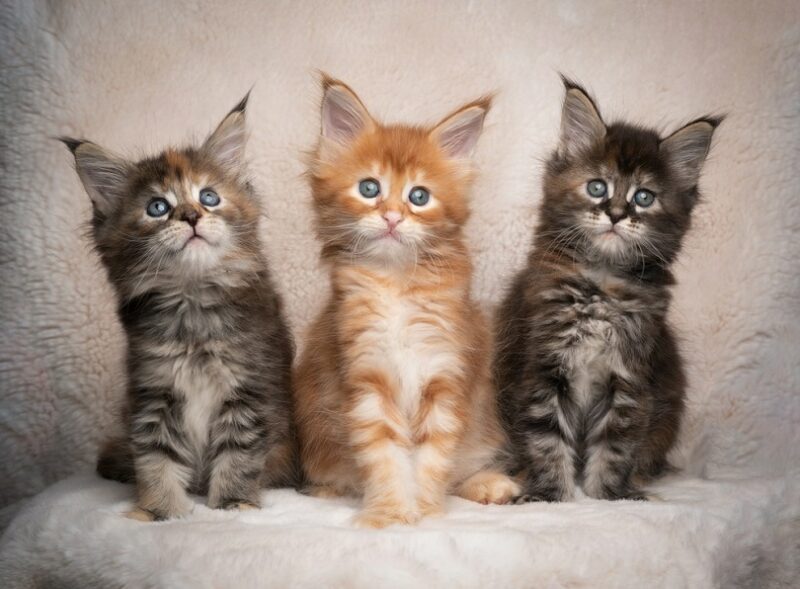

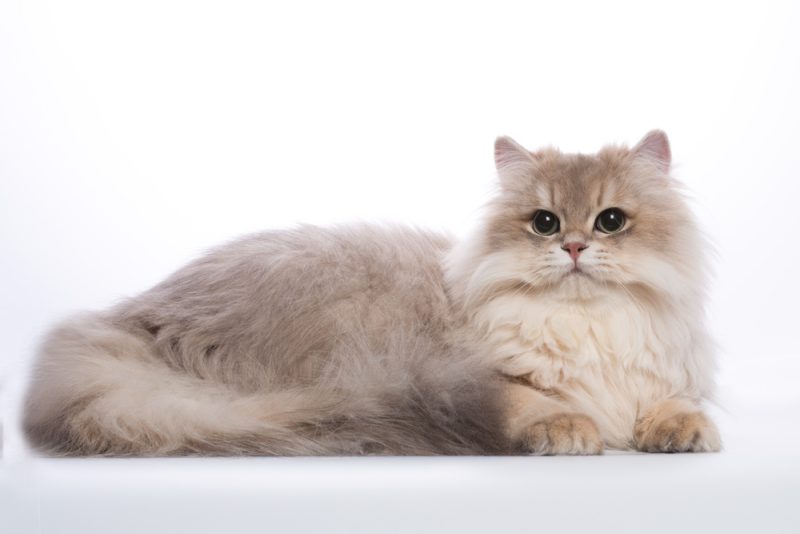

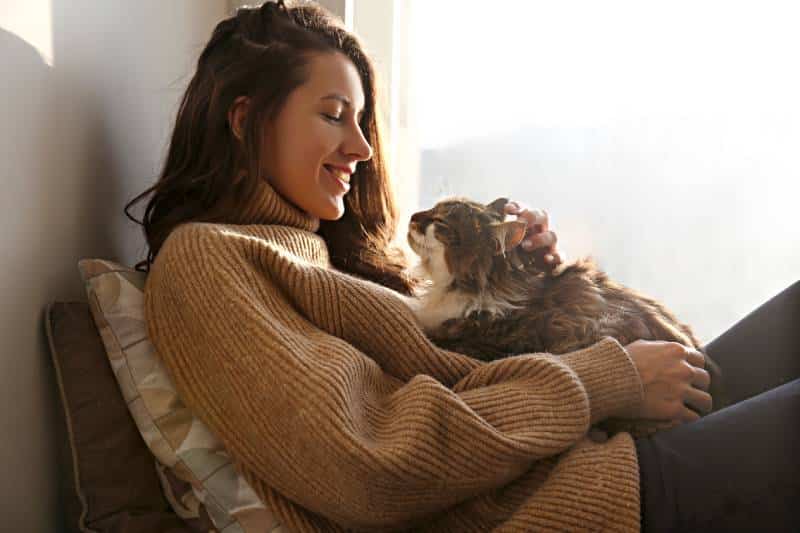
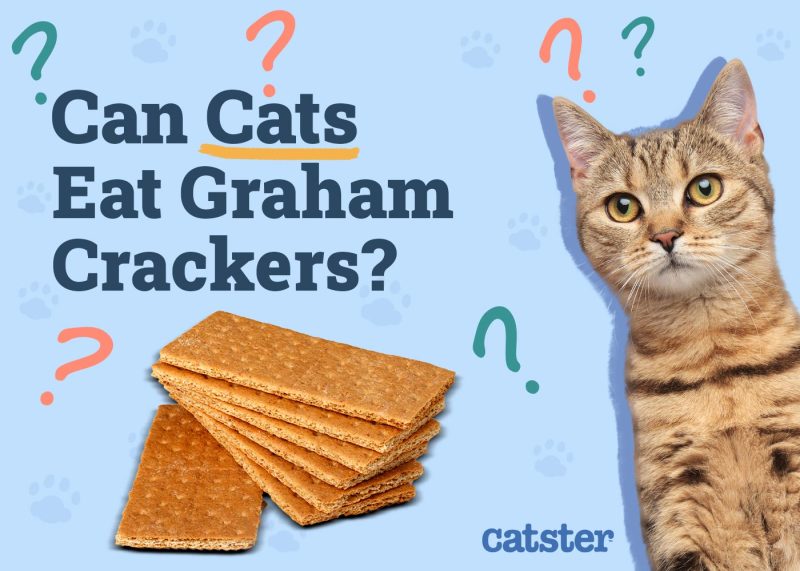

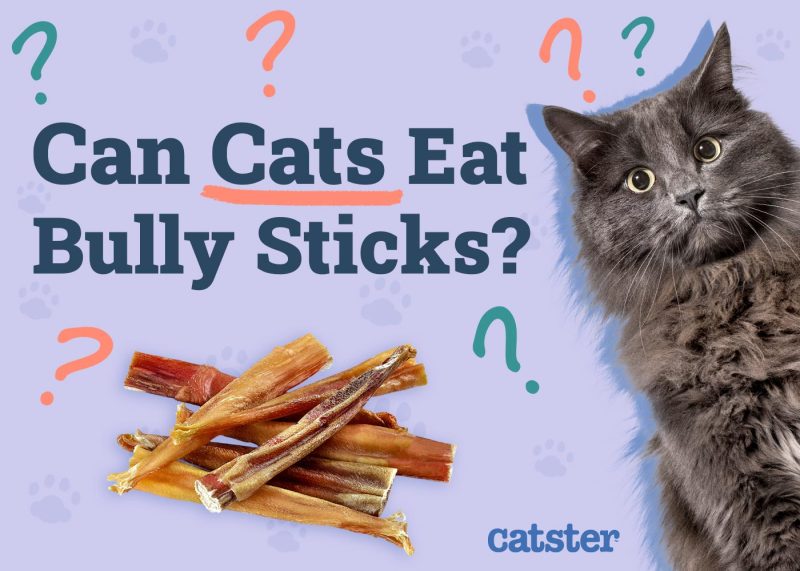
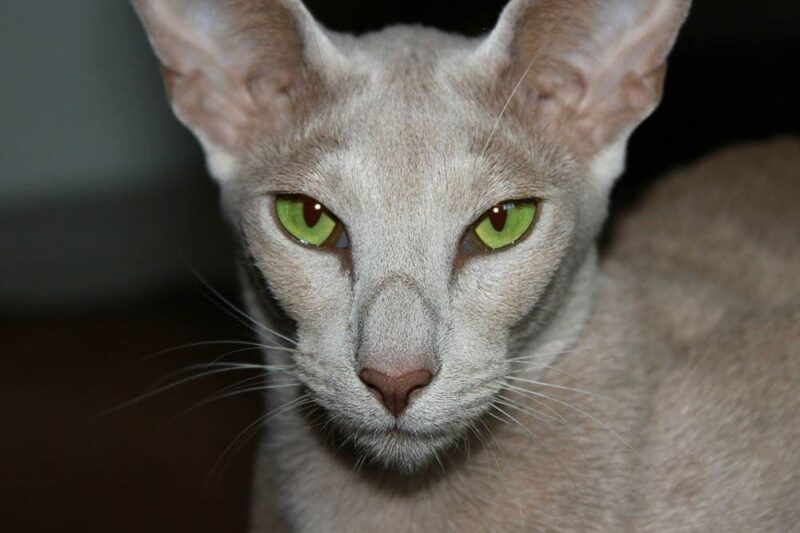
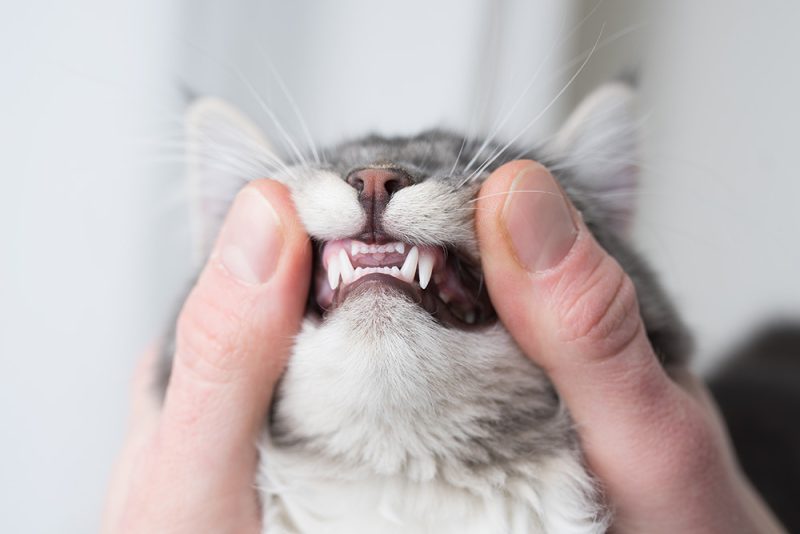
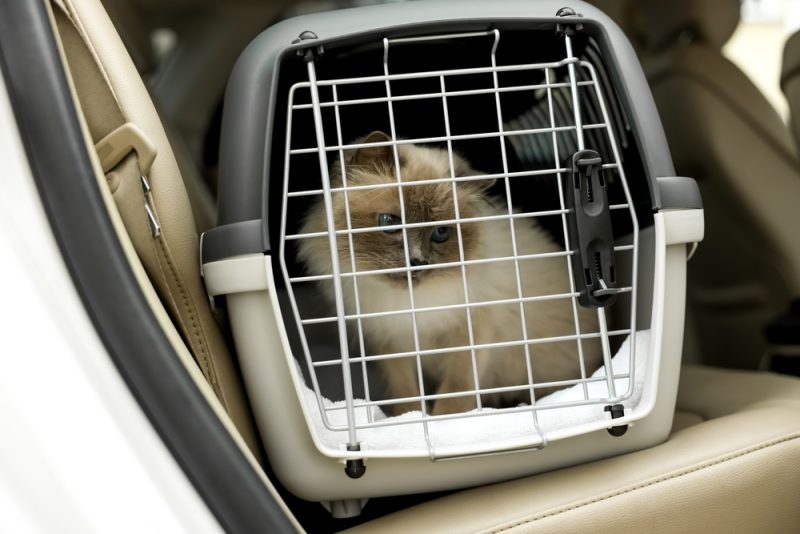


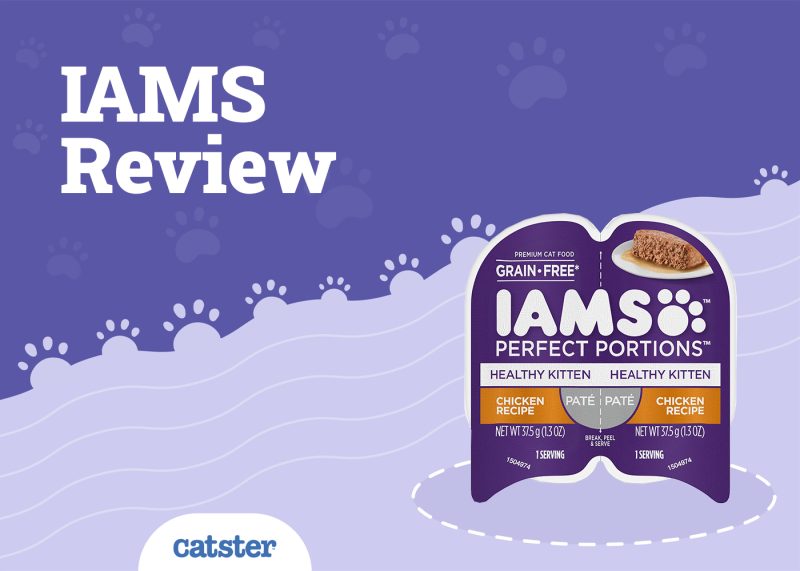
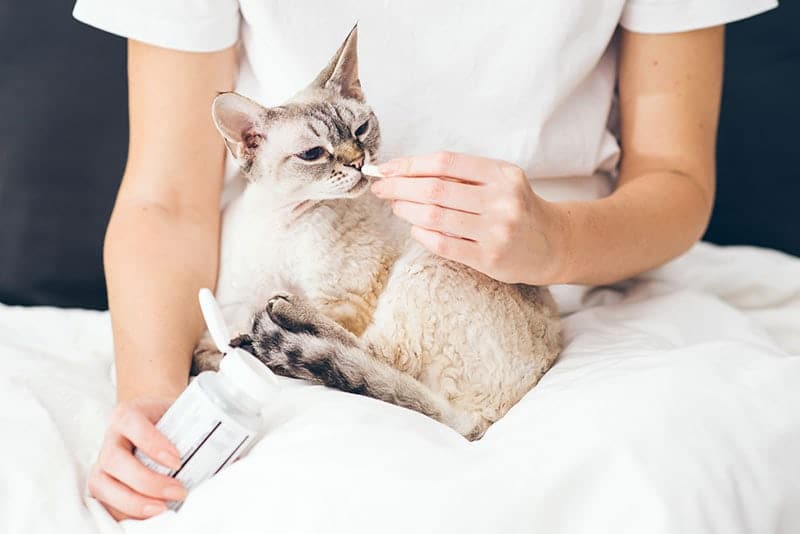
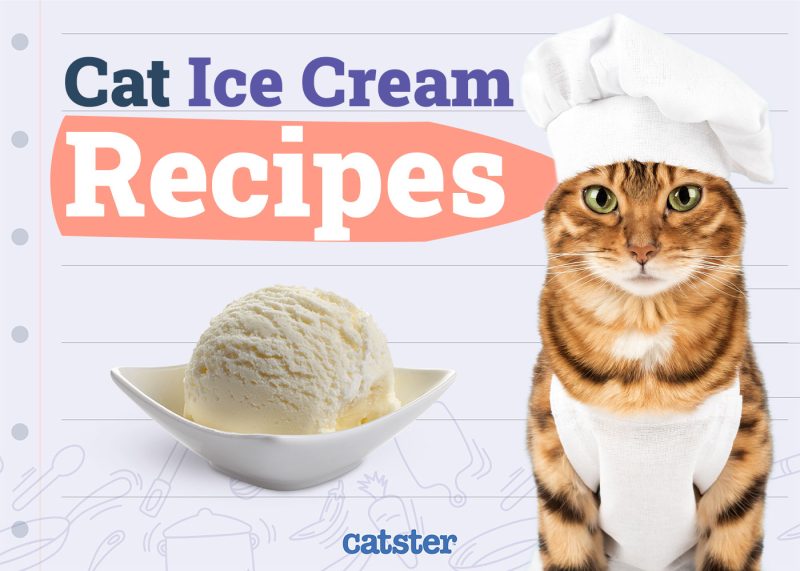

6 Responses
I am struggling with my cat not eating her wet food and dry food. Normally she eats 2-3 cans of wet food (2.4 oz) + dry food every 24 hours but for the last 30 hours she is reluctant to eat. She's begrudgingly only eating treats and so far have finished half a pack of temptation indoor chicken formula. I am going to 'starve' her (e.g. having wet and dry kibbles readily available) but won't give her treats for the next 24 hours to see if her appetites come back.
Hi RIIZE, sounds like you are dealing with a picky eater case. Please note that you need to be careful about cats not ingesting anything in more than 24 hours, as prolonged fasting can cause cats run the risk of developing hepatic lipidosis. Those treats are not complete and balanced, so you definitely need to get your pet to eat a balanced meal. If you need personalized assistance with this issue, please do not hesitate to contact www.pangovet.com, as they can support you through this.
This is very useful information ! I have a rescue female Calico cat aged 6 or 7 years . She seems full of beans but very fussy about food . Mainly wants dried biscuits but will eat Sheba cat food sometimes . She needs to visit the vet but we cant get her in the basket . She has to have her vaccination but how?
Three of us tried to get her in her basket but she outwitted us ! The vets wont visit so will have to try again soon . What a little monkey !but so affectionate ! Sleeps on my bed every night and purrs a lot , I am in the Uk and all the vets are full up with new dog owners so cant get a vet near me !
Hi Marion, thank you very much for your comment, we are happy you found this post useful. Also thanks for sharing your Calico cat’s story. We have some great posts on this topic and we think many of the tips here can be very helpful to you. Wish you good luck!
https://www.catster.com/felines-weekly/a-cat-owners-manual-cat-carriers/
https://www.catster.com/lifestyle/how-to-get-your-cat-into-a-carrier/
https://www.catster.com/lifestyle/cant-get-cat-in-carrier/
https://www.catster.com/lifestyle/how-to-crate-train-my-cat/
We hope this helps!
I'm buying a cat carrier on wheels it's lower down so if l put a blanket in it and a few treats he always examines anything new while it's eating the treats you zip the cat
Thanks for the tip Ann ????